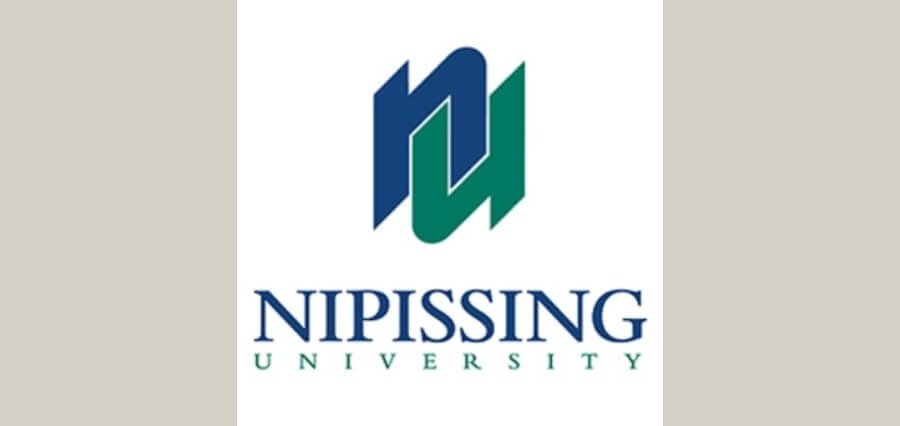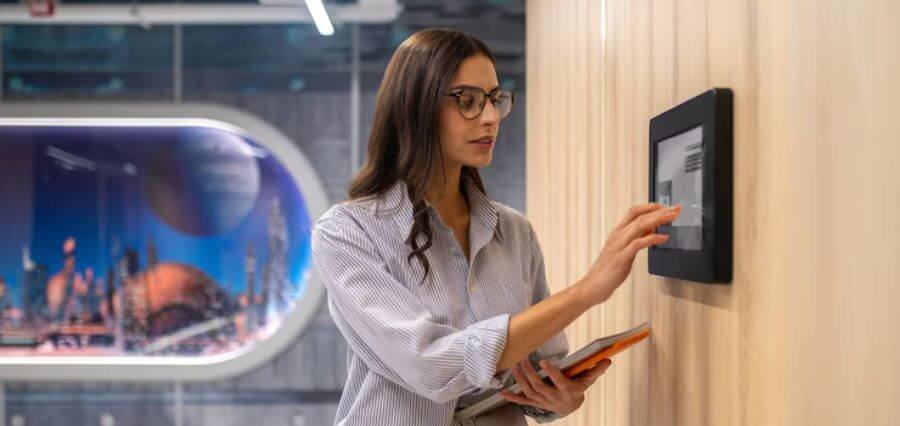Stella’s nervous because it’s her first day at a new school. There are so many new faces to remember, and it’s even harder to remember the names. Everyone seems friendly, but some shy people too, probably feeling just like her. The loud, happy ones must be returning students. She had looked at her schedule probably a gazillion times now and had made sure she knew which classes she had and the correct time to go to them. It was strange that she was told to leave all her textbooks at home for the first day. You’d think the teachers would be working from them.
There was lots of noise as the students shuffled into Stella’s class and took their seats. She could hear the teacher telling several students to sit down. Mr Smith introduces himself and then informs the class that there is a slight change to today’s schedule and they would get a new timetable. A wave of panic hits the class and collective murmurs of “What’s he doing?” resound around the classroom. He touches a large television-like screen in the front of the room and it comes to life with flashing logos and scrolling images. The sounds of confusion change to that of joy as the large colour-coded timetable appears on the screen.
Little strips of paper are passed out to everyone and Mr Smith tells us that they are the login details for our school Google account. He instructs us to get our devices out, open our Google Chrome internet browser and login to Google with our new account details. A flurry of whooshing and zipping noises as my classmates and I get out our tablet-laptop hybrid computers. In a matter of minutes, everyone in the class is logged in. Those having difficulty had other students or Mr Smith come by to help. We’re logged into the Google ecosystem which includes Google Classroom, where day-to-day information is shared with all, Google Docs, Slides and Sheets for our word processing, presentation and calculating needs. This is great! This I’m comfortable with. This I know.
Mr Smith conducts an online-live “getting to know one another” activity where we’re all connected and inputting information and details about ourselves into the large TV/projector screen in the front of the classroom. The class continues on this exchange of information while laughing and joking with each other as Mr Smith continues adding interest points to get us engaged. I’m off to a great start this school year!
This is what it can be like for a new student at the Korean International School in Hong Kong. The anecdote you have just read shows why our school has integrated technology as a key aspect to learning in a modern, global school environment. The role of educational technology is a major importance in assisting learners through the use of information and communication technologies. Whether we like it or not, technology is everywhere and students nowadays are frequently exposed to it, albeit for less academic reasons such as Pokemon Go, PUBG mobile, Fortnite, YouTube, Facebook, Instagram, and Twitter to name a few.
With the exposure of technology in the classroom environment and infusion into the curriculum, we are preparing our students to survive in a post-secondary academic and business world where they must know technology. The world is becoming closer and smaller when we can attend a university without being at the campus through distance education, we can work for or with a company without ever having to physically meet our colleagues through video conferencing, and watch one another grow without having to live in the same neighbourhood through Facebook. As the recent Mars landing can only be made possible through science and technology, the importance of integrating information and technology into our learning process is growing into the realisation that it is becoming a necessity. As educators, we must prepare our students for survival and success in their future.
Young learners in this day and age are commonly not strangers to information and technology as their relatives and peers will have already exposed them to computers and devices used for entertainment and socialising. In some cases, it will be the educators that are technologically illiterate. At the Korean International School, we are addressing this in terms of internal and external professional development training. We have several technologically inclined teachers on staff to help support IT growth and plan for future integration.
With the inception of 60 Google Chromebooks, we entered into the Google ecosystem and merged it with our curriculum throughout the school. This later evolved into the secondary students’ Bring Your Own Device (BYOD) programme, which was initiated by forming a partnership with a local IT company and researching into a viable portable computer. The BYOD became an overall success as the portable tablet-laptop hybrid has become an integral learning tool appearing in and out of classroom environments. It is not strange to see students working on Maths and Science projects in their lessons using their devices; or for ESL students to receive live feedback from their tutors as they are typing about experiences; or hiking around Hong Kong with their devices in hand doing surveys using a stylus.
In addition, we are redefining and enhancing our code, programming, and robotics areas of learning. We hope to further infuse into our curriculum, app development and deployment of augmented and virtual reality platforms. We are committed and continue in striving to give our students the necessary tools and skills needed for information and communication technology advances now and to come.
About the Author
Mr S. ‘Teri’ Mohm is an expat from the United States of America. He holds two Bachelor of Arts (Fine Arts and Psychology) and a CELTA from the University of Cambridge. Mr Mohm started working at the Korean International School in Hong Kong from 2000 and has assisted in areas of Information Communication Technology and Marketing. Currently, he supports teaching English as a Second Language (ESL) and Art and Design in the school.









